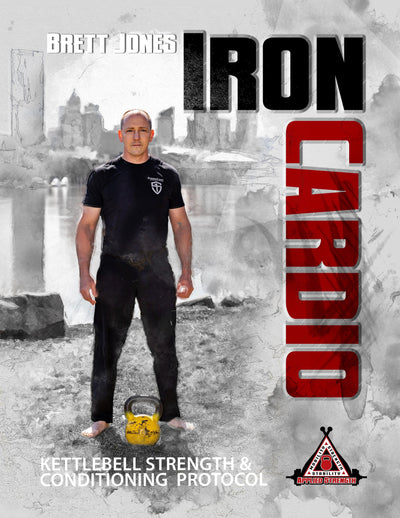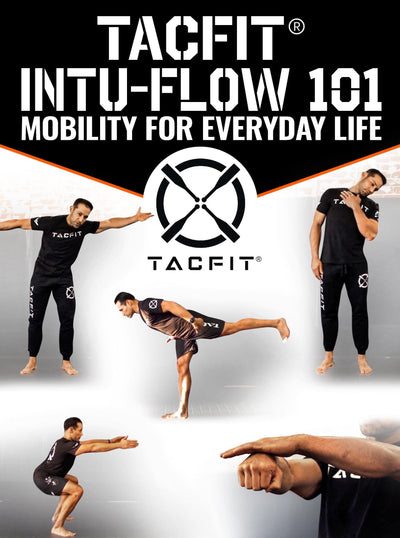Kettlebell Squats Muscles Worked
Within the fitness landscape, few exercises have garnered as much attention as kettlebell squats. This versatile and dynamic workout has gained immense popularity for its ability to engage a multitude of muscle groups, while simultaneously improving strength, stability, and overall physical fitness. Whether you're an avid fitness enthusiast or a seasoned athlete looking to diversify your routine, kettlebell squats offer an effective way to challenge your body and achieve holistic results. This article delves into the muscles worked during kettlebell squats and explores the wide-ranging benefits they bring.
What this article covers:
- Understanding Kettlebell Squat Technique
- The Ensemble of Muscles Engaged
- The Array of Benefits
- Kettlebell Split Squat
- Overhead Squat with Kettlebell
- Double Kettlebell Squat
- Pistol Squat on Kettlebell
- Kettlebell Squat Clean
Understanding Kettlebell Squat Technique
Before delving into the muscles involved, let's briefly recap the proper technique for executing kettlebell squats. Commence by clutching a kettlebell with both hands, allowing it to suspend at arm's length in front of you. Stand confidently with your feet positioned shoulder-width apart, ensuring a slight outward turn of your toes. Initiate the squat by pushing your hips back and bending your knees, all while maintaining an erect chest and a neutral spine. Gradually lower your body until your thighs are parallel to the ground, or lower, while ensuring your knees align over your toes. The return to the starting position involves pressing through your heels, actively engaging your glutes and core throughout the movement.
The Ensemble of Muscles Engaged
Kettlebell squats orchestrate a symphony of muscle engagement. The quadriceps, situated at the front of your thighs, drive knee extension and facilitate the ascent from the squatting position. The hamstrings, nestled at the back of your thighs, lend their support during the knee flexion on the descent and contribute to the upward thrust as you rise. The trio of gluteal muscles—comprising the gluteus maximus, medius, and minimus—play a pivotal role. These muscles stabilize the hips and pelvis while actively aiding in hip extension during the upward phase. Your core muscles—consisting of the rectus abdominis, obliques, and transverse abdominis—are the guardians of stability and balance throughout the entire movement. A robust core prevents undesirable rounding of the back and sustains correct form. The adductors, positioned along the inner thighs, act as stabilizers during the squat, contributing to controlled descent. The calf muscles engage as you elevate from the squat position, facilitating ankle extension. The erector spinae, the muscles lining your spine, ensure its stability and alignment, thereby preventing excessive forward leaning.
The Array of Benefits
Kettlebell squats cultivate functional strength that seamlessly translates to daily activities and sports performance. By involving multiple muscle groups, kettlebell squats offer an all-in-one exercise for a holistic workout experience. Strengthening the muscles around your knees, hips, and ankles enhances joint stability, effectively reducing the risk of injuries. These compound movements elevate your heart rate and metabolic rate, amplifying fat loss and cardiovascular fitness. The dynamic nature of kettlebell squats challenges and improves your sense of balance, coordination, and body awareness.
Kettlebell Split Squat
The kettlebell split squat is a highly effective lower body exercise that places emphasis on various muscle groups while also enhancing stability and balance. This exercise is particularly valuable for those aiming to challenge their leg muscles and develop strength on each side of the body independently. The technique involves standing with one foot forward and the other extended behind, while holding a kettlebell in each hand. As you lower your body by bending your knees, you aim for a 90-degree angle with both knees, and then push through your front heel to return to the starting position. This movement primarily engages the quadriceps of the front leg, the hamstrings of the back leg, the glutes for stabilizing the hips, the core for maintaining alignment, and the calf muscles for stability. The kettlebell split squat brings benefits such as building unilateral strength, improving balance due to the split stance, enhancing functional movement patterns, supporting joint health, and offering versatility in customization for different fitness levels.
Overhead Squat with Kettlebell
The overhead squat with a kettlebell is a complex exercise that demands strength, mobility, and stability. This movement begins by holding a kettlebell overhead with a straight arm, while maintaining an upright torso. As you descend into the squat position, focusing on keeping your chest up and your back straight, the core muscles play a crucial role in stabilizing your body. This exercise engages various muscle groups including the quadriceps, hamstrings, glutes, core muscles, and the muscles of the shoulders and upper back that work to stabilize the kettlebell overhead. The overhead squat challenges not only your lower body strength but also your shoulder mobility and stability. It requires synchronization of multiple muscle groups to execute the movement with proper form.
Double Kettlebell Squat
The double kettlebell squat is a powerful compound exercise that effectively targets the lower body while also engaging the core and upper body for stability. Holding a kettlebell in each hand by your sides, you perform a squat by bending your knees and pushing your hips back. This movement activates the quadriceps, hamstrings, glutes, and calves for lower body strength. Additionally, the core muscles play a vital role in maintaining stability throughout the movement, while the muscles of the upper back and shoulders are engaged to hold the kettlebells in position. The double kettlebell squat provides a comprehensive workout, challenging both your lower and upper body while promoting full-body coordination.
Pistol Squat on Kettlebell
The pistol squat on a kettlebell is an advanced lower body exercise that requires excellent balance, strength, and mobility. With one leg extended in front of you, you lower your body into a squat position while the other leg hovers above the ground. This exercise engages the quadriceps, hamstrings, glutes, and calf muscles of the working leg, as well as the core muscles that help stabilize your body. The hovering leg also contributes to balance and stability. The pistol squat on a kettlebell not only builds lower body strength but also challenges your proprioception and body awareness.
Kettlebell Squat Clean
The kettlebell squat clean is a dynamic and challenging exercise that combines elements of strength and cardiovascular conditioning. Beginning with the kettlebell on the ground, you explosively lift it to shoulder height using a combination of hip and arm movement. This exercise engages the muscles of the lower body, including the quadriceps, hamstrings, and glutes, during the initial phase of lifting the kettlebell. As you catch the kettlebell at shoulder height, your upper body muscles, especially the shoulders, upper back, and core, play a crucial role in stabilizing the weight. The kettlebell squat clean provides a full-body workout, promoting power, coordination, and muscular endurance.
Kettlebell squats emerge as an exercise powerhouse, activating diverse muscle groups, fostering functional strength, and delivering a spectrum of fitness benefits. By incorporating kettlebell squats into your workout regimen, you can sculpt a resilient and balanced physique, all while reaping the rewards of a versatile and demanding exercise. Remember to prioritize proper form and gradual intensity progression to ensure safety and optimize outcomes.
Did you find the blog helpful? If so, consider checking out other guides:
- Kettlebell Squats
- Sumo Squats with Kettlebells
- Kettlebell Goblet Squat
- Kettlebell Front Squat
- Kettlebell Swing Squat
- Kettlebell Bulgarian Split Squat
- Kettlebell Bicep Workout
- Kettlebell Curls
- Kettlebell Hammer Curl
- Kettlebell Crush Curl
- Kettlebell Towel Curl
- Kettlebell Press Up
- Kettlebell Strict Press
- Military Press Kettlebell
- Upside Down Kettlebell Press





